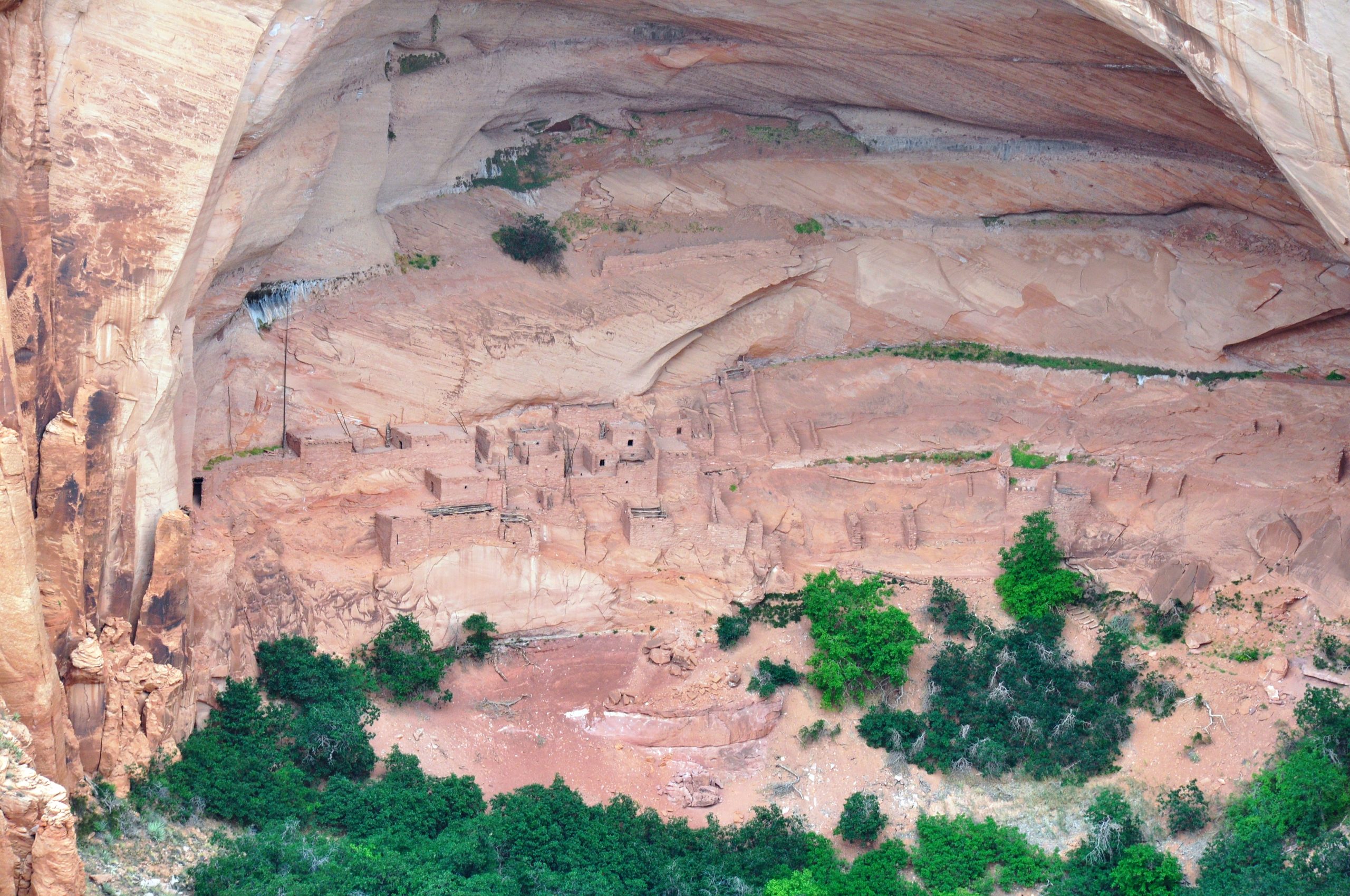Navajo National Monument: Preserving Ancestral Puebloan Heritage
Navajo National Monument, located within the northwest portion of the Navajo Nation territory in northern Arizona, was established to preserve three well-preserved cliff dwellings of the Ancestral Puebloan people: Keet Seel (Broken Pottery) (Kitsʼiil), Betatakin (Ledge House) (Bitátʼahkin), and Inscription House (Tsʼah Biiʼ Kin). Situated high on the Shonto plateau, the monument overlooks the Tsegi Canyon system, west of Kayenta, Arizona. It features a visitor center with a museum, three short self-guided trails, two small campgrounds, and a picnic area.
Get your dose of History via Email
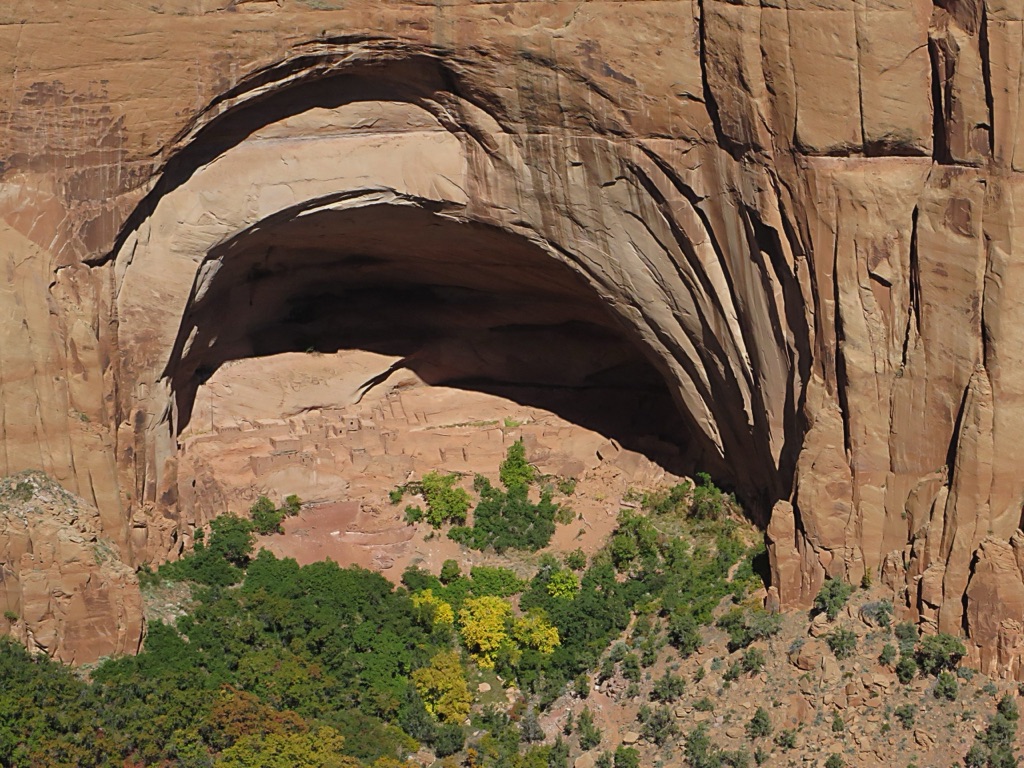
Discovery and Excavation
The site of Keet Seel was known to resident Navajos long before the first Europeans, the Wetherill brothers, arrived in 1895. The Wetherills, originally from Colorado, had a keen interest in the Ancestral Puebloans, leading them to uncover numerous sites in the Kayenta region. Their explorations led to the removal of many artifacts, which were sold or shipped to various locations, leaving little known about their current whereabouts. The first recorded excavation of Betatakin occurred in 1909, after the establishment of Navajo National Monument, led by Byron Cummings of the University of Utah, with further excavations continuing into the 1950s and 1960s.
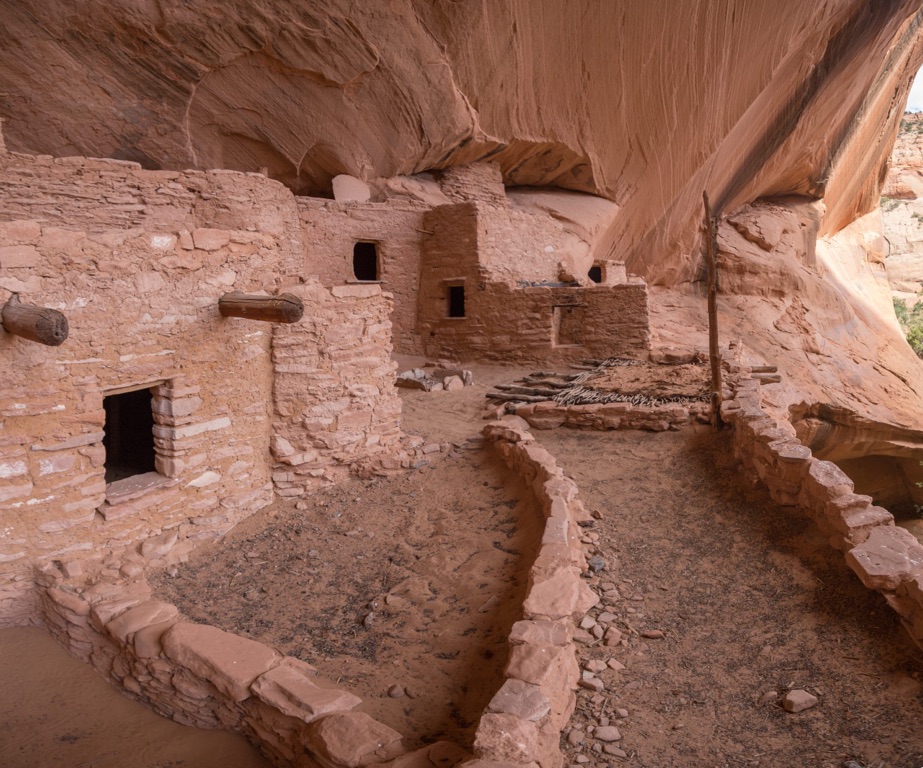
The Cliff Dwellings
Keet Seel
Keet Seel, or Kiet Siel (Kįtsʼiil), meaning “broken pottery scattered around” in Navajo, is a well-preserved cliff dwelling located in a branch of the Tsegi Canyon. First occupied around AD 1250, the site saw a construction boom between AD 1272 and 1275, with construction tapering off and halting completely by AD 1286. At its peak, it is believed that up to 150 people inhabited Keet Seel. The extremely dry climate and natural overhanging cliff have contributed to the preservation of the site’s dwellings and artifacts.
Betatakin
Betatakin, meaning “House Built on a Ledge” in Navajo, was constructed between AD 1267 and 1286. Smaller than Keet Seel, Betatakin had about 120 rooms at the time of abandonment, with only about 80 rooms remaining today due to rock falls. The site features a single kiva, unlike Keet Seel, which has several. Betatakin is located in an enormous alcove, measuring 452 feet high and 370 feet across.
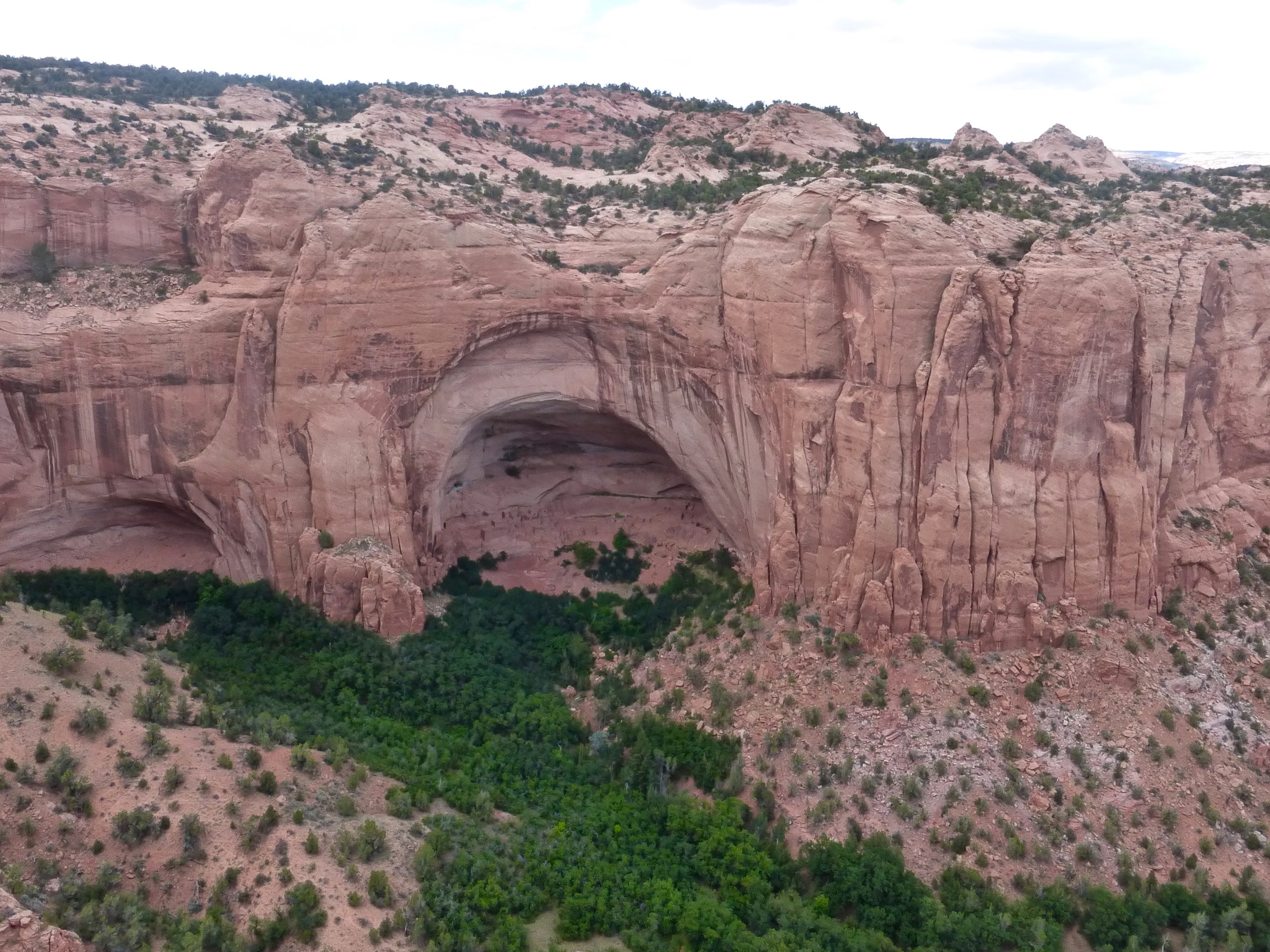
Subsistence and Architecture
The Ancestral Pueblo people of Navajo National Monument were sedentary, relying heavily on agriculture, with maize being their primary crop. The cliff dwellings allowed for the optimization of sustainable land for crop production in a high elevation, desert environment. The structures within the monument were constructed mainly of sandstone blocks plastered together with mud and mortar, reflecting a trend towards the aggregation of populations into defensible quarters during the mid to late 13th century.
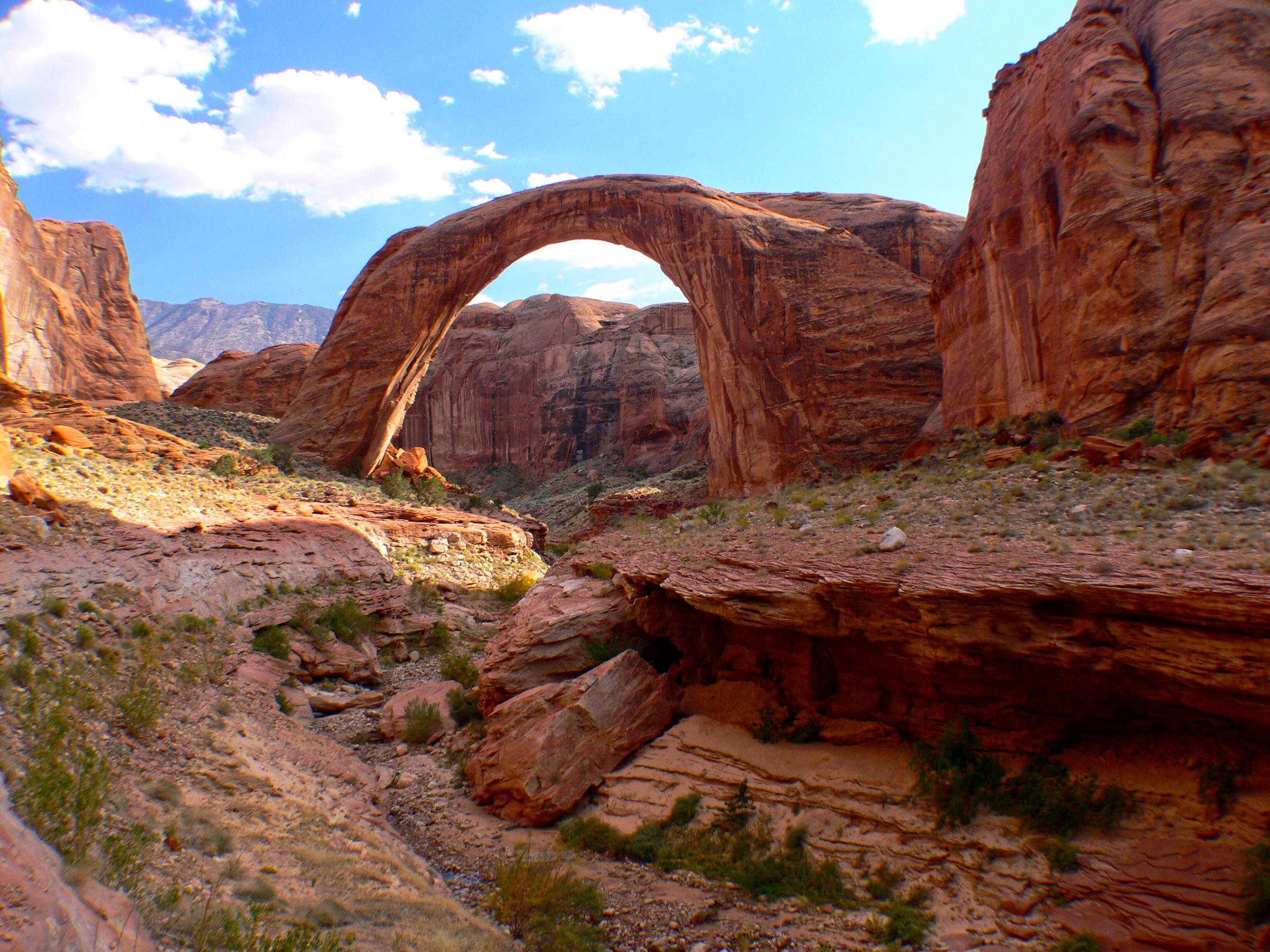
Abandonment
The abandonment of these sites is attributed to a combination of environmental and possibly social factors. A significant decrease in annual precipitation between AD 1276 and 1299, known as the “Great Drought,” put stress on the agricultural systems. Additionally, Hopi legends suggest a spiritual quest led to the abandonment of the area, with allegorical tales of conflict between clans.
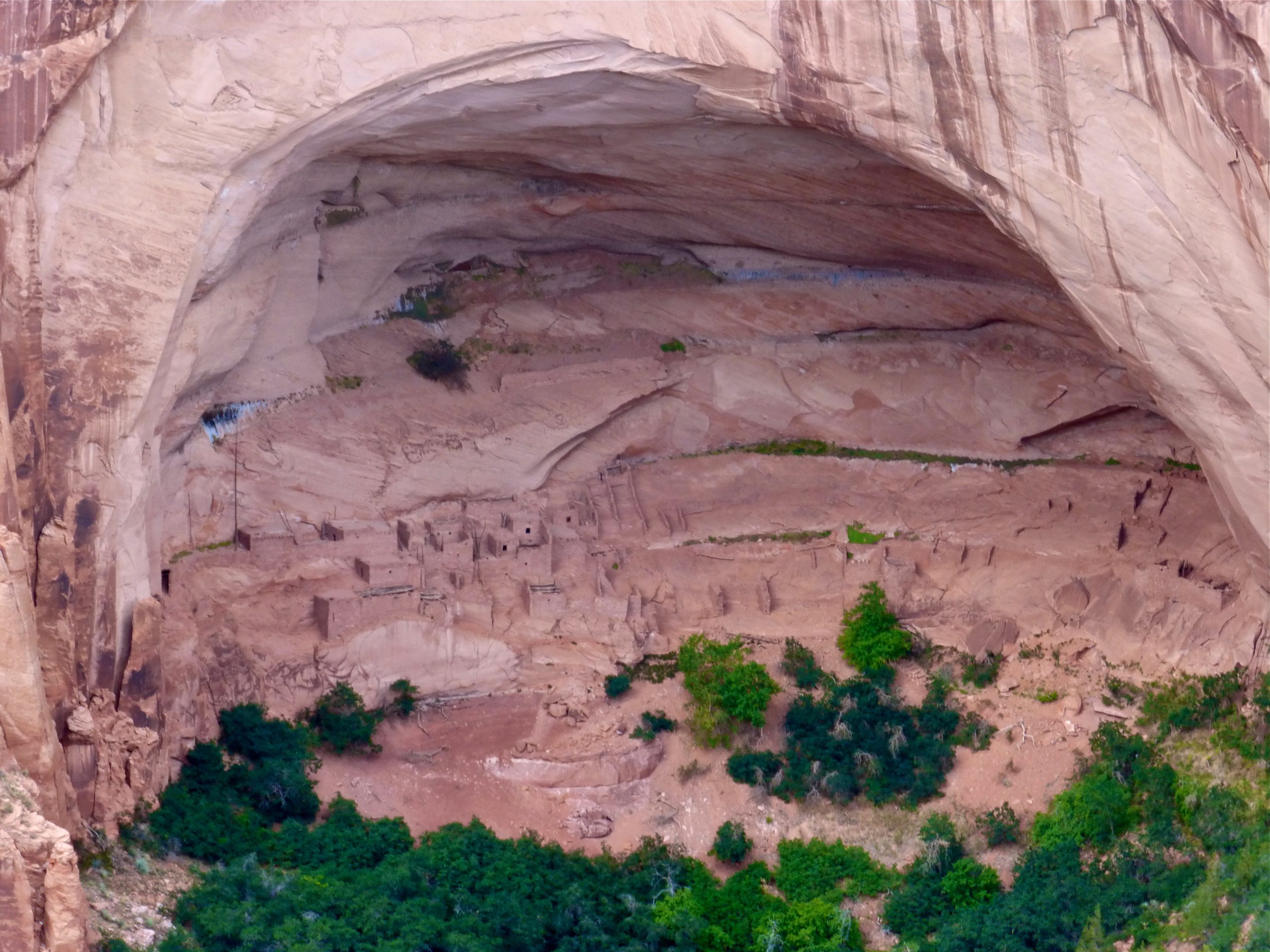
Designation and Preservation
Navajo National Monument was designated by President William Taft in 1909, with subsequent adjustments to its boundaries. Today, it stands as a testament to the ingenuity and resilience of the Ancestral Puebloan people, offering insight into their lives and the challenges they faced in the American Southwest.
Sources:
Wikipedia

